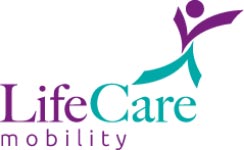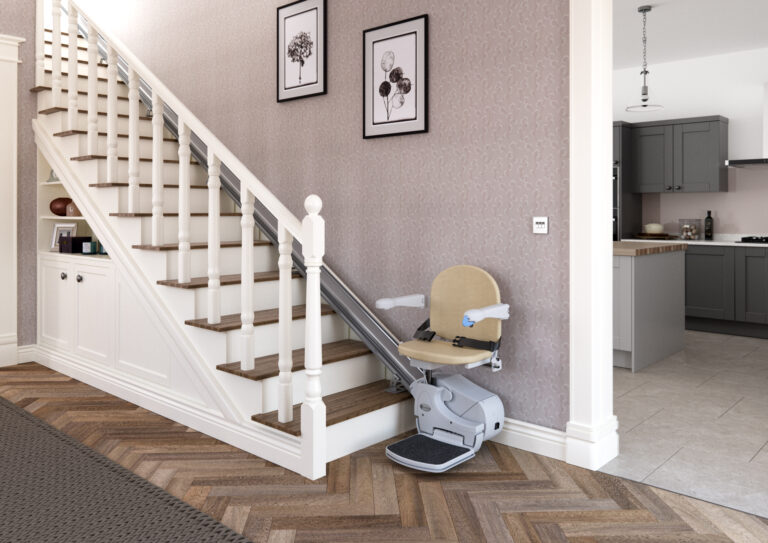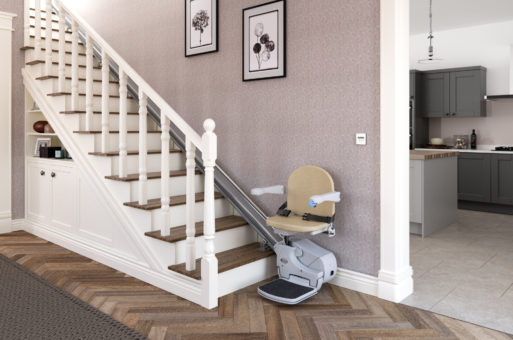If you live with an elderly loved one, you surely have safety at the top of your list of priorities. This is especially true if your older family member has a mobility issue that may impede his/her ability to walk without assistance. In such cases, you have to be mindful of the various obstacles your home presents.
It’s wise to ensure that your floors are completely free of tripping hazards. Removing throw rugs and tucking away cables and wires are extremely important steps to take in order to ensure the safety of every step taken by the senior in your home. You must also consider the staircases in your home and whether or not they are safe for your elderly loved one to climb. You must then decide which accessibility solution is the most ideal for your home.
Would a home elevator work for you?
As its name implies, the home elevator is not much different from the ones you find in buildings with several floors. There are three different types of residential elevators: hydraulic (which take up a lot of space and are best suited for new construction homes), traction (the most common – they use steel ropes and a pully system) and pneumatic (which uses air pressure to raise and lower the elevator).
The biggest issue with home elevators is the price. “The basic cost of a residential elevator can range from $15,000 – $25,000 (plus the costs to build the shaft, machine room and any other renovation work),” Handicare explains, “However, the fanciest of elevators can run upwards of $100,000 – but this also includes having music piped in and adding a finished interior to the structure, such as wainscoting or tile.”
What about a vertical platform lift?
Vertical platform lifts are great for wheelchair users as their platforms allow for the entire wheelchair to be lifted along with its user. Also known as a porch lift, these accessibility solutions are similar to elevators in that they can lift or lower individuals from one level to the next.
However, as Handicare remind us, unlike an elevator, there is no shaft or enclosure to provide an additional layer of safety. For this reason, vertical platform lifts are usually installed outside of the home. The upside is that they are less expensive than home elevators, usually in the $10,000 to $15,000 range.
What makes a stair lift the ideal option?
Like our friends at Handicare, we highly recommend stair lifts for the purpose of helping individuals up and down indoor staircases. It requires no renovations or remodelling to install a stair lift and they provide maximum safety benefits for their users.
“Stairlifts can be installed both indoors and outdoors, providing a comfortable and safe solution to get up a porch or down to a basement,” explains Handicare, “Chair lifts can fit most staircases while still allowing other loved ones the ability to use the stairs freely and without disruption. Operation is much quieter than elevators or platform lifts and the variety of seat styles, colors and options ensure a match to any home’s décor.”
Another big plus is that stair lifts usually range from $2,500 to $5,000 for straight staircases and $8,000 to $15,000 for curved or multi-story staircases. If you have any questions about the stair lifts offered by LifeCare Mobility Solutions, please don’t hesitate to call us at 416-267-9800 or email us at info@lifecaremobility.ca. You may also contact us by filling out the form on our Contact page!











